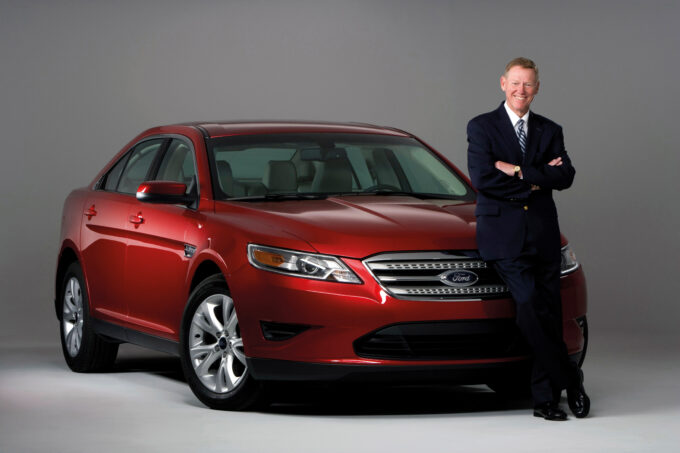The head of the US kept his job. There was no reprimand. Mulally didn’t even raise his voice. The executive team understood the trust was real. A week later, the slides showed up with red and yellow all over. Mulally looked back years later and realized it was the defining moment of Ford’s turnaround. He forced everyone to stare at reality without flinching or turning away. He got executives to stop making decisions based on what was best for their careers and started trying to figure out what was best for the company.
Crafting a unified consciousness
What held Ford back for too long was the infighting and turf warfare. What Mulally used to drive his team was a common objective with a shared consciousness. Each executive must know everything there was to know about every aspect of the business. The Vice President of Human Resources could rattle off the name of the three best-selling Ford cars in China. The quality czar could detail the latest debt position like a financial controller. They measured their success not by personal victories but by their progress against the overall plan. They internalized the joint mission and did not just think about their promotions.
Even Wall Street didn’t trust Mulally. He could easily have been derailed from being remembered as a star achiever at Boeing and becoming infamous as the CEO who killed Ford. But, during the financial crisis of 2008, as banks were tightening their purses on lending, consumers were pulling back on spending, and GM and Chrysler were on the verge of bankruptcy (surviving only because of a government bailout), Ford became the only American carmaker that turned itself around without direct government assistance. And it was stealing market share from GM, Chrysler, and, for the first time, Toyota.
So, how did he do it?
Union negotiations: Mulally didn’t just cut costs; he forged a partnership.
Pension overhaul: Instead of kicking the can down the road, Mulally tackled Ford’s pension burden head-on.
Dealership diet: Mulally trimmed Ford’s bloated dealership network, creating a leaner, more responsive Ford.
Factory fitness: Closing idle factories.
Product line pruning: His team cultivated a focused lineup that spoke directly to customers’ wants.
You might think that these are initiatives any third-rate industry consultant would be able to cook up. However, their implementation depends not only on top-team unity but also on cascading through the entire company. And, to Mulally, the dynamic of the BPR was the leading indicator. The financial results were important, but they would always be lagging. What Mulally sought to create was to bring evidence and transparency so everyone knew they were on the right track.
When things move in the right direction, no one panics. They persist. Once this approach creates its own breathing space, it can continue to improve and eventually pull ahead of the competition.
Courage to face uncomfortable truths
The saga of Ford of the last decade is, of course, just as applicable in 2024. Any backslide can be stopped. No defeat is final. Whenever a company falls behind, executives can still face that challenge, have that difficult conversation, and tackle that problem unflinchingly without the rule of fear. To endure the discomfort of all the human dynamics that it may entail is what leadership is all about. That’s the open secret of staying “future ready”.
For further reading, I recommend:
The Turnaround at Ford Motor Company, a Harvard Business School case study by Amy Edmondson and Olivia Jung
American Icon: Alan Mulally and the Fight to Save Ford Motor Company by Bryce Hoffman.
Our next Future Readiness Indicator is scheduled for the week of 15 November. Meanwhile, check out our latest findings here.


 Audio available
Audio available







 Audio available
Audio available